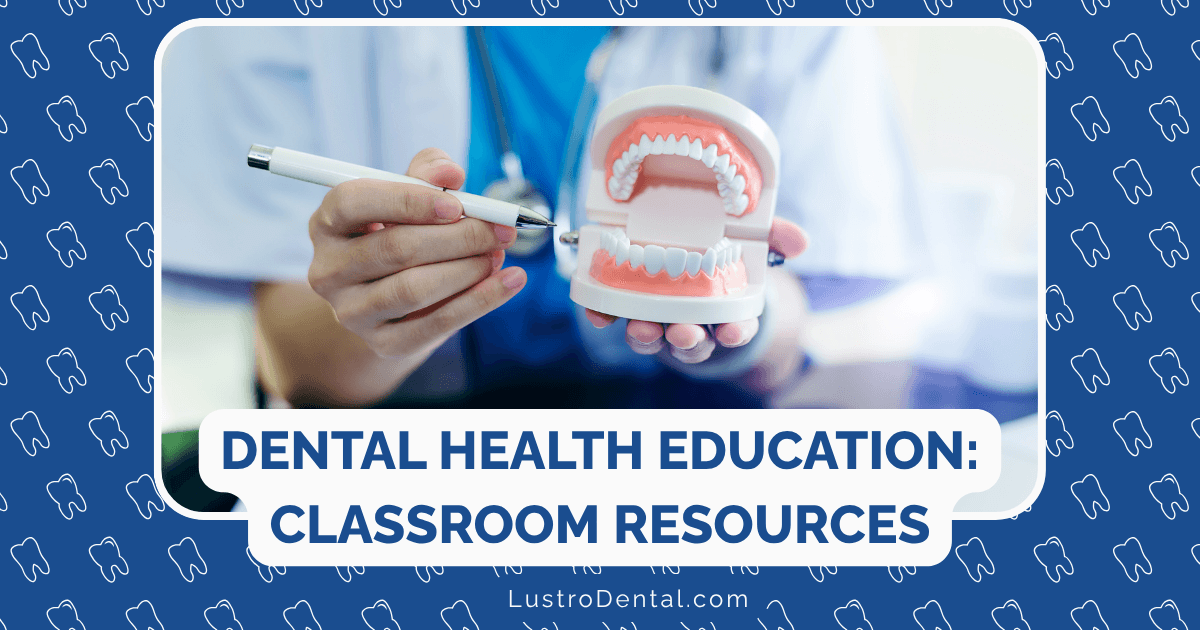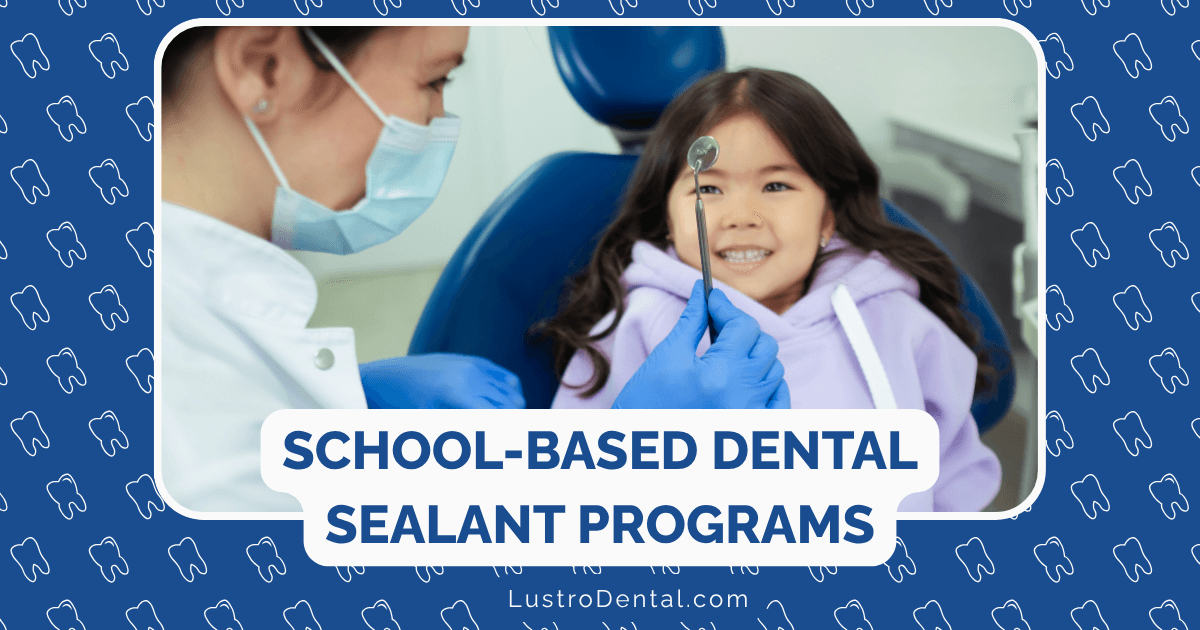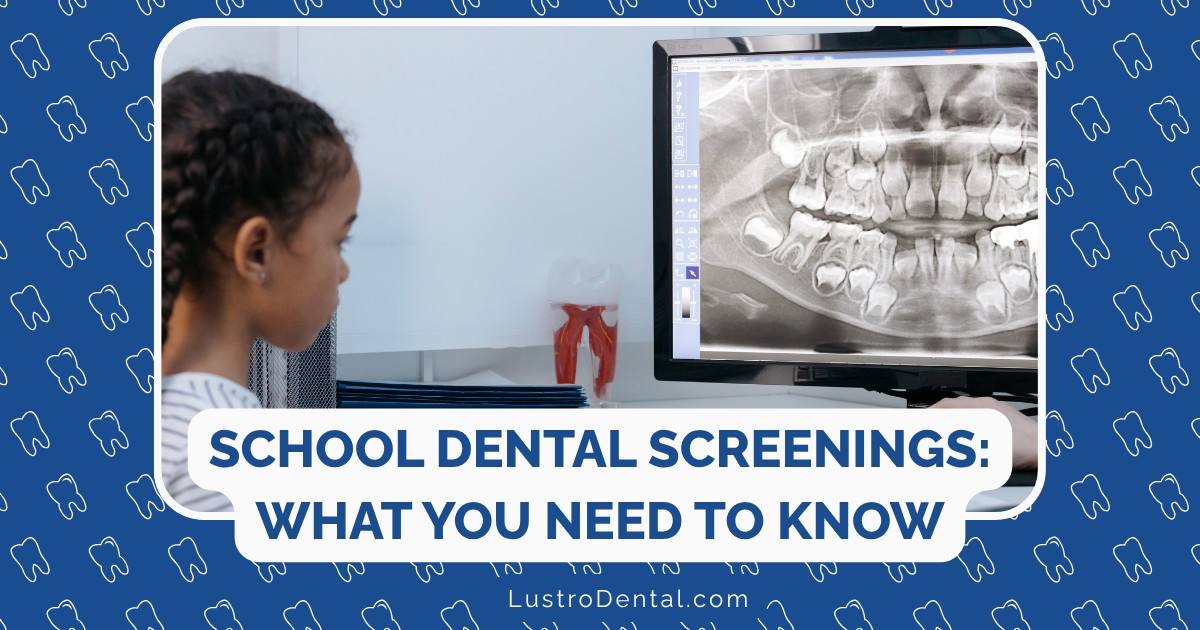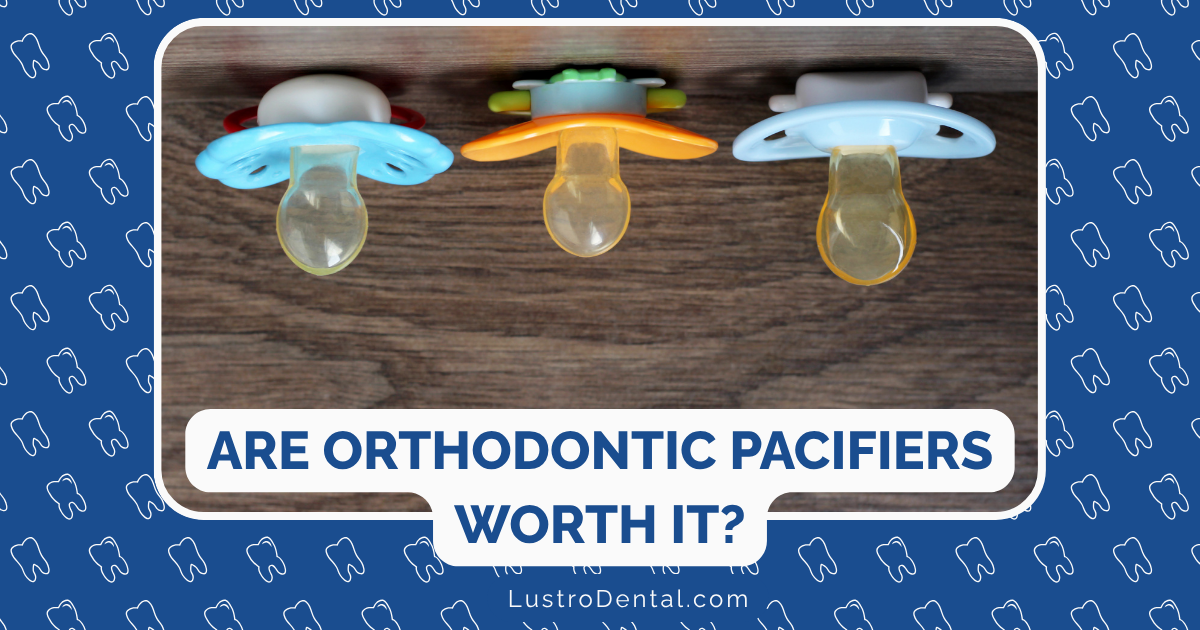After the Habit Stops: Can Dental Changes from Thumb Sucking Be Reversed?

Thumb sucking is a natural, self-soothing behavior that many children engage in from infancy. While most children naturally outgrow this habit between ages 2 and 4, some continue well into their school years. As a parent, you may worry about the dental impact of prolonged thumb sucking and wonder: once the habit stops, will my child’s teeth return to normal on their own, or will professional intervention be necessary?
This comprehensive guide explores what happens to the teeth and jaw after thumb sucking stops, which changes might self-correct, which typically require treatment, and the factors that influence these outcomes.
Understanding Dental Changes Caused by Thumb Sucking
Before discussing reversal possibilities, it’s important to understand the types of dental changes that can occur from prolonged thumb sucking:
1. Anterior Open Bite
What it is: A gap between the upper and lower front teeth when biting down—the teeth don’t meet or overlap.
How it happens: The constant presence of the thumb pushes against the back of the upper front teeth while creating pressure on the lower front teeth, preventing them from erupting properly.
2. Overjet (Protruding Upper Teeth)
What it is: Upper front teeth that protrude significantly forward, sometimes called “buck teeth.”
How it happens: The thumb’s pressure pushes the upper front teeth outward while potentially pushing lower front teeth inward.
3. Posterior Crossbite
What it is: Upper back teeth bite inside the lower back teeth (opposite of normal alignment).
How it happens: Sucking creates negative pressure that can narrow the upper jaw.
4. Narrow Palate (Roof of Mouth)
What it is: A high, narrow arch in the roof of the mouth.
How it happens: The thumb’s presence and altered tongue positioning during development affect palatal formation.
5. Changes in Jaw Growth
What it is: Altered development of the upper or lower jaw.
How it happens: Prolonged pressure from thumb sucking can affect the growth pattern of the jaws.
Dr. Sarah Johnson, pediatric dentist at Hurst Pediatric Dentistry, explains: “The severity of these changes depends on four key factors: frequency (how often), intensity (how vigorously), duration (how long each session), and longevity (how many years the habit continues).”
Can These Changes Self-Correct?
The most pressing question for many parents is whether these dental changes will resolve on their own once thumb sucking stops. The answer is nuanced and depends on several factors:
Age When the Habit Stops
This is perhaps the most critical factor in determining whether self-correction is possible:
Before Age 4-5
If thumb sucking stops before age 4-5, many dental changes have a good chance of self-correcting, particularly:
- Mild anterior open bites
- Minor protrusion of upper teeth
- Some palatal narrowing
Dr. Michael Chen of Dunn Orthodontics notes: “Children’s teeth and jaws have remarkable adaptability in the early years. If thumb sucking stops before permanent teeth begin to erupt, natural growth and development often guide teeth back toward their proper positions.”
Ages 5-7
This is a transitional period where some self-correction may occur, but it’s less predictable:
- Mild open bites may still improve
- Moderate changes typically require monitoring
- Significant changes often need intervention
After Age 7
Once permanent teeth are well-established, self-correction becomes much less likely:
- Most dental changes will remain stable or worsen without intervention
- Natural forces are insufficient to overcome established patterns
- Professional treatment is typically necessary for significant changes
Severity of the Changes
The extent of dental changes is another key factor:
Mild Changes
- Slight spacing or minor alignment issues
- Small open bite (1-2mm)
- Minimal palatal narrowing
These mild changes have the highest potential for self-correction, especially if the habit stops early.
Moderate Changes
- Noticeable open bite (2-4mm)
- Significant overjet
- Visible crossbite
Moderate changes may partially improve but often require some professional intervention.
Severe Changes
- Pronounced open bite (>4mm)
- Extreme overjet
- Established crossbite
- Significant jaw discrepancies
Severe changes almost always require orthodontic intervention, regardless of when the habit stops.
Type of Dental Issue
Some dental changes are more likely to self-correct than others:
Most Likely to Self-Correct
Anterior open bite: According to a 2025 study published in BMC Oral Health, mild to moderate anterior open bites have the highest potential for self-correction if the habit stops early. Natural tongue pressure and continued eruption of teeth often close the gap over time.
Minor upper teeth protrusion: Slight protrusion of upper front teeth may improve as normal lip pressure is restored after thumb sucking stops.
Least Likely to Self-Correct
Posterior crossbite: Research from the National Center for Biotechnology Information indicates that posterior crossbites rarely self-correct once established, even if thumb sucking stops early. This is because the narrowed upper jaw typically requires active expansion to correct.
Significant skeletal changes: Alterations to jaw growth patterns, particularly if they’ve been present for years, generally don’t self-correct without intervention.
Dr. Emily Rodriguez, orthodontist at Schuessler Orthodontics, explains: “The dental arches develop in response to forces from the tongue, lips, and cheeks. When thumb sucking stops, these natural forces can help guide teeth back into position, but only if the skeletal foundation hasn’t been significantly altered.”
Timeline for Potential Self-Correction
If self-correction is possible, how long might it take? Here’s what parents can expect:
6-12 Months
- Initial improvements may be noticeable
- Slight reduction in open bite might occur
- Some movement of protruding teeth
1-2 Years
- Maximum natural correction typically occurs during this period
- If no improvement is seen after 12 months, further self-correction is unlikely
Beyond 2 Years
- Little additional self-correction can be expected
- If significant issues remain after 2 years, professional intervention is usually necessary
Dr. James Wilson, pediatric dentist at Jungle Roots, advises: “Parents should monitor their child’s teeth for about a year after thumb sucking stops. If you don’t see noticeable improvement within that timeframe, it’s wise to consult with a pediatric dentist or orthodontist.”
Orthodontic Interventions: When and What Kind
When self-correction isn’t sufficient, various orthodontic interventions can effectively address thumb sucking-related dental changes:
Early Interceptive Treatment (Ages 6-10)
For children with mixed dentition (both baby and permanent teeth), early intervention may include:
Palatal Expanders
What they do: Gradually widen a narrowed upper jaw to correct or prevent crossbites How they work: A custom-made appliance applies gentle pressure to expand the palate Timeline: Typically worn for 6-12 months
Habit-Breaking Appliances
What they do: Help break persistent thumb sucking while beginning to address dental changes How they work: Fixed appliances that make thumb sucking uncomfortable or less satisfying Timeline: Usually worn until the habit stops completely, often 3-6 months
Limited Braces or Clear Aligners
What they do: Address specific issues like protruding front teeth How they work: Partial braces on front teeth or aligners to guide teeth into better positions Timeline: Typically 6-12 months
Comprehensive Orthodontic Treatment (Ages 11+)
For older children with permanent dentition and more established changes:
Full Braces or Clear Aligners
What they do: Correct alignment issues throughout the mouth How they work: Apply consistent pressure to move teeth into proper positions Timeline: Usually 18-24 months
Combination Therapy
What they do: Address more complex issues involving both teeth and jaws How they work: May combine braces with other appliances or techniques Timeline: Typically 24-30 months
In severe cases, particularly those involving significant jaw discrepancies that weren’t addressed early, orthognathic surgery might be recommended in the late teens or adulthood. This is relatively rare but highlights the importance of addressing thumb sucking effects early.
Real-World Outcomes: What Parents Can Expect
Research and clinical experience provide insights into typical outcomes:
Best-Case Scenario
- Thumb sucking stops before age 5
- Dental changes are mild
- Good natural tongue posture and swallowing pattern
- No other oral habits (like tongue thrusting)
In this scenario, there’s a high likelihood of significant self-correction, potentially eliminating the need for orthodontic treatment.
Middle-Ground Scenario
- Thumb sucking stops between ages 5-7
- Moderate dental changes
- Some persistent issues after 1-2 years
In this case, limited orthodontic intervention may be necessary to complete the correction that began naturally.
Challenging Scenario
- Thumb sucking continues beyond age 7-8
- Severe dental changes
- Established malocclusion affecting multiple teeth
- Changes to jaw structure
Here, comprehensive orthodontic treatment will almost certainly be necessary, though the specific approach will depend on the individual case.
Dr. Lisa Patel, orthodontist at AlignerCo, shares: “I often see patients who stopped thumb sucking years ago but still have the dental effects. While some improvement may have occurred naturally, most require orthodontic treatment to fully correct the issues. The good news is that these cases typically respond well to standard orthodontic approaches.”
Factors That Influence Reversal Potential
Beyond age and severity, several other factors affect whether dental changes will self-correct:
Oral Muscle Function
Children with healthy oral muscle function—proper tongue posture, lip seal, and swallowing pattern—have better potential for natural correction after thumb sucking stops.
Genetic Factors
Some children have genetic predispositions to certain bite patterns, which can either enhance or limit self-correction potential.
Growth Pattern
A child’s natural growth pattern can influence how teeth and jaws develop after thumb sucking stops. Children with favorable growth patterns may experience more self-correction.
Replacement Habits
If thumb sucking is replaced with another habit like tongue thrusting, the potential for self-correction decreases significantly.
Monitoring and Assessment: What Parents Should Watch For
After thumb sucking stops, parents should monitor their child’s dental development:
Signs of Positive Self-Correction
- Decreasing gap between upper and lower front teeth
- Upper front teeth becoming less prominent
- Improved ability to bite through foods with front teeth
- Better lip closure at rest
Red Flags That Indicate Professional Help Is Needed
- No improvement in open bite after 6-12 months
- Difficulty biting or chewing certain foods
- Speech issues, particularly with “s” and “th” sounds
- Mouth breathing or lips apart at rest
- Visible crossbite of back teeth
- Teasing or self-consciousness about appearance
The Role of Pediatric Dental Visits
Regular dental check-ups are essential for monitoring potential self-correction:
Timing of Visits
- Continue regular 6-month check-ups after thumb sucking stops
- Consider an orthodontic consultation by age 7 if dental changes are present
What the Dentist Will Evaluate
- Changes in bite relationship over time
- Eruption pattern of permanent teeth
- Jaw growth and development
- Need for intervention vs. continued monitoring
Dr. Chen emphasizes: “Pediatric dentists are trained to recognize subtle changes in dental development. Regular check-ups allow us to track whether natural correction is occurring or if intervention might be necessary.”
Supporting Natural Correction at Home
Parents can take several steps to support the natural correction process:
Encourage Proper Oral Posture
- Lips together at rest
- Breathing through the nose
- Tongue resting on the roof of the mouth, not pushing against teeth
Address Related Habits
- Monitor for tongue thrusting (tongue pushing against teeth when swallowing)
- Watch for mouth breathing and address underlying causes (allergies, enlarged adenoids)
- Discourage new oral habits that may develop as replacements
Maintain Excellent Oral Hygiene
- Proper brushing and flossing
- Regular dental check-ups
- Prompt attention to any new concerns
Case Studies: Real-Life Examples
Case 1: Early Intervention Success
Emma, age 4
- Stopped thumb sucking just before turning 4
- Had a moderate anterior open bite and slight protrusion of upper teeth
- Parents worked with pediatric dentist on proper tongue positioning
- Within 18 months, her bite had completely normalized without orthodontic intervention
Case 2: Partial Self-Correction
Jacob, age 6
- Stopped thumb sucking at age 6
- Had developed a significant open bite and narrow upper arch
- Some improvement occurred naturally over the next year
- Required a palatal expander and limited braces at age 8 to complete correction
Case 3: Comprehensive Treatment Needed
Sophia, age 9
- Continued thumb sucking until age 9
- Developed severe open bite, overjet, and crossbite
- Little self-correction occurred after stopping
- Required comprehensive orthodontic treatment with braces for 24 months
- Achieved excellent results but needed more extensive treatment due to late intervention
Conclusion: Balancing Patience with Proactive Care
When it comes to dental changes from thumb sucking, the potential for self-correction exists but varies significantly based on individual factors. The key takeaways for parents:
- Early cessation matters most: Stopping thumb sucking before age 5 dramatically increases the chances of natural correction.
- Give natural processes time: Allow 6-12 months to see if self-correction is occurring before pursuing intervention.
- Monitor but don’t obsess: Regular dental check-ups provide professional assessment without creating anxiety.
- Be prepared for some intervention: Even with partial self-correction, some professional treatment may be necessary.
- Earlier intervention is typically easier: When treatment is needed, addressing issues while a child is still growing generally requires less intensive approaches.
Remember that each child’s situation is unique, and personalized professional guidance is invaluable. With the right approach—balancing patience for natural processes with appropriate intervention when needed—most children can achieve healthy, beautiful smiles regardless of their thumb sucking history.
Has your child experienced dental changes from thumb sucking? Share your experience with correction in the comments below!







